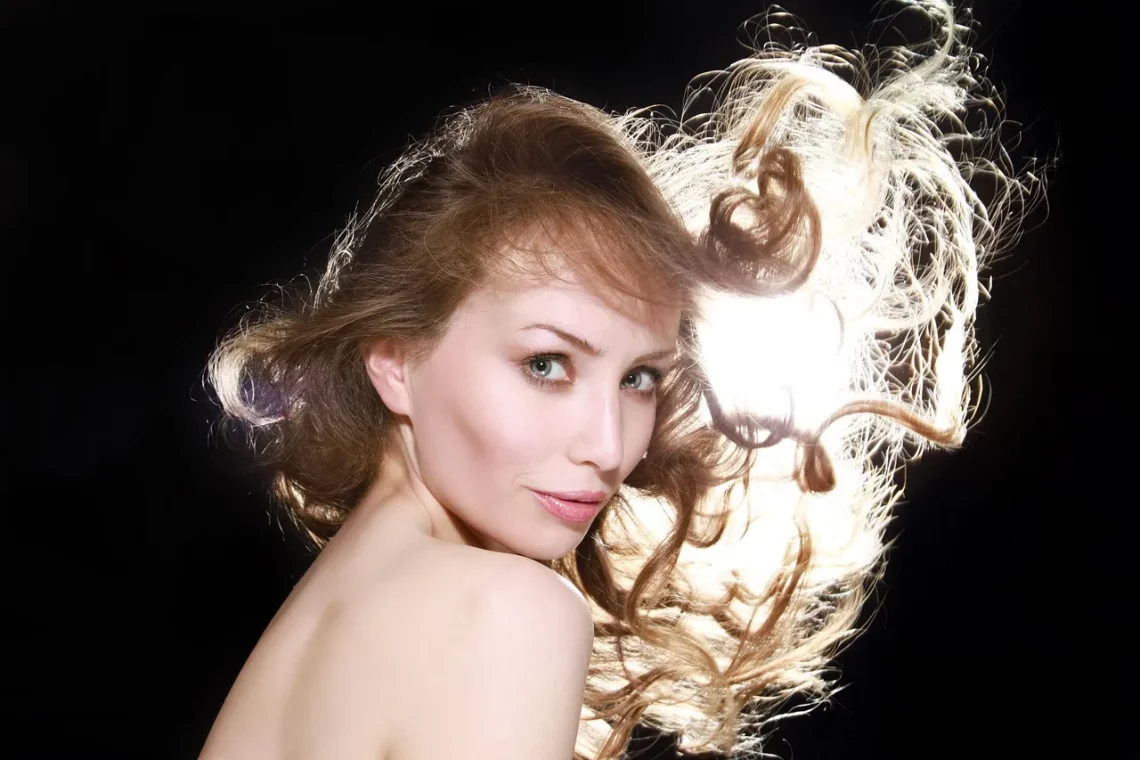
Core Haircare Essentials for Healthy and Beautiful Hair
Healthy and beautiful hair is often seen as a symbol of vitality and well-being. However, achieving and maintaining such hair can sometimes feel like a challenging task. The truth is, the journey to luscious locks begins with understanding the fundamental principles of hair care. Just like our skin, our hair requires specific nutrients, protection, and care to thrive. The right hair care routine can not only enhance the beauty of your hair but also improve its health, making it more resilient to damage and environmental stressors.
Many factors influence the health of our hair, including genetics, diet, and environmental conditions. While some individuals may be naturally blessed with thick, shiny hair, others may struggle with dryness, brittleness, or hair loss. This variation is entirely normal, and it underscores the importance of personalized hair care. Finding the right products and techniques that suit your hair type is crucial. This article will explore essential hair care practices that can lead you towards healthier and more beautiful hair, regardless of your hair type or concerns.
Understanding Your Hair Type
Before diving into specific hair care products and techniques, it is vital to understand your hair type. Hair comes in various textures, thicknesses, and porosities, and each type has unique needs. Identifying your hair type can help you choose the right products and techniques that enhance your hair’s natural beauty.
Hair texture can be categorized into straight, wavy, curly, or coily. Each of these textures reacts differently to products and styling methods. For instance, straight hair may become oily quickly and may require lighter products, while curly hair often needs more moisture and heavier creams to maintain its shape and prevent frizz.
Another important aspect to consider is hair thickness, which can range from fine to medium to thick. Fine hair may require volumizing products to create lift, while thick hair often benefits from moisturizing treatments to prevent dryness. Additionally, porosity refers to how well your hair absorbs and retains moisture. Low-porosity hair tends to repel moisture, while high-porosity hair absorbs it quickly but may also lose it just as fast. Understanding these characteristics can help you make informed choices about the products you use.
Finally, consider any specific concerns you may have, such as color treatment, heat damage, or scalp issues. Tailoring your routine to address these factors can significantly improve your hair’s health. By taking the time to analyze your hair type, you set the foundation for a successful hair care regimen that caters to your unique needs.
The Importance of Regular Cleansing
Cleansing is a fundamental part of any hair care routine. Regularly washing your hair removes dirt, oil, and product buildup, promoting a healthy scalp and vibrant hair. However, the frequency of washing can vary based on hair type and lifestyle. For example, individuals with oily hair may need to wash their hair more frequently, while those with dry or curly hair may benefit from less frequent washing.
Choosing the right shampoo is crucial. Look for sulfate-free formulas that cleanse without stripping the hair of its natural oils. Sulfates can be harsh and may lead to dryness and irritation, particularly for those with sensitive scalps or textured hair. Additionally, consider selecting a shampoo that addresses your specific hair concerns, such as color protection, moisture, or volume.
When washing your hair, be gentle. Using lukewarm water is ideal, as hot water can further dry out your scalp and hair. Focus on massaging the scalp with your fingertips, which can stimulate blood circulation and promote hair growth. It’s also important to rinse thoroughly to ensure no product residue remains.
Incorporating a clarifying shampoo into your routine occasionally can help remove stubborn buildup from styling products and hard water minerals. However, avoid overusing clarifying shampoos, as they can be drying. Following up with a good conditioner is essential to restore moisture and maintain hair health.
Nourishing with Conditioners and Treatments
Conditioners and hair treatments are essential for maintaining the moisture balance in your hair. They provide hydration, detangling benefits, and protection against environmental damage. After cleansing, applying a conditioner helps to replenish lost moisture and smooth the hair cuticle.
When choosing a conditioner, look for ingredients that suit your hair’s needs. For instance, if you have dry or damaged hair, opt for a deep conditioning treatment with nourishing oils and proteins. Ingredients like shea butter, argan oil, and keratin can significantly improve hair texture and strength. On the other hand, if your hair is fine and prone to heaviness, a lightweight conditioner may be more appropriate.
In addition to regular conditioners, incorporating deep conditioning masks into your routine can offer extra nourishment. These treatments are typically richer and more concentrated, providing a boost of hydration and repair. Use them once a week or as needed, depending on your hair’s condition.
Don’t forget about leave-in conditioners and serums, which can provide ongoing protection throughout the day. These products can help control frizz, add shine, and make hair more manageable. Look for lightweight options that won’t weigh your hair down, especially if you have fine or straight hair.
Protecting Your Hair from Damage
Protecting your hair from damage is crucial for maintaining its health and beauty. Various factors can lead to hair damage, including heat styling, environmental conditions, and chemical treatments. Implementing protective measures can significantly reduce the risk of breakage and dryness.
One of the most significant threats to hair health is heat styling. Tools like blow dryers, flat irons, and curling wands can cause significant damage if used excessively or without proper protection. Always use a heat protectant spray before styling to create a barrier between your hair and the heat. Moreover, try to limit the use of heat styling tools, opting for air-drying methods when possible.
Environmental factors such as sun exposure, humidity, and pollution can also adversely affect your hair. Wearing a hat in the sun can protect your hair from UV rays, which can fade color and dry out strands. Additionally, consider using products with UV filters or antioxidants to further shield your hair from environmental stressors.
Finally, be cautious with chemical treatments like coloring, perming, or relaxing. These processes can weaken the hair structure, leading to breakage and split ends. If you frequently color your hair, consider seeking professional help and using high-quality products designed to minimize damage.
By being mindful of how you treat your hair, you can maintain its health and vibrancy for years to come.
In conclusion, achieving and maintaining beautiful hair requires a thoughtful approach that considers your unique hair type, regular cleansing, nourishing treatments, and protective measures. By incorporating these core hair care essentials into your routine, you can pave the way for healthier, more beautiful hair that reflects your vitality. Remember, every head of hair is different; finding what works best for you may take time and experimentation. However, with patience and care, you will undoubtedly see the rewards in your hair’s appearance and health.
**Disclaimer: This article is not intended as medical advice. For any health concerns related to your hair or scalp, please consult a qualified healthcare professional.**




